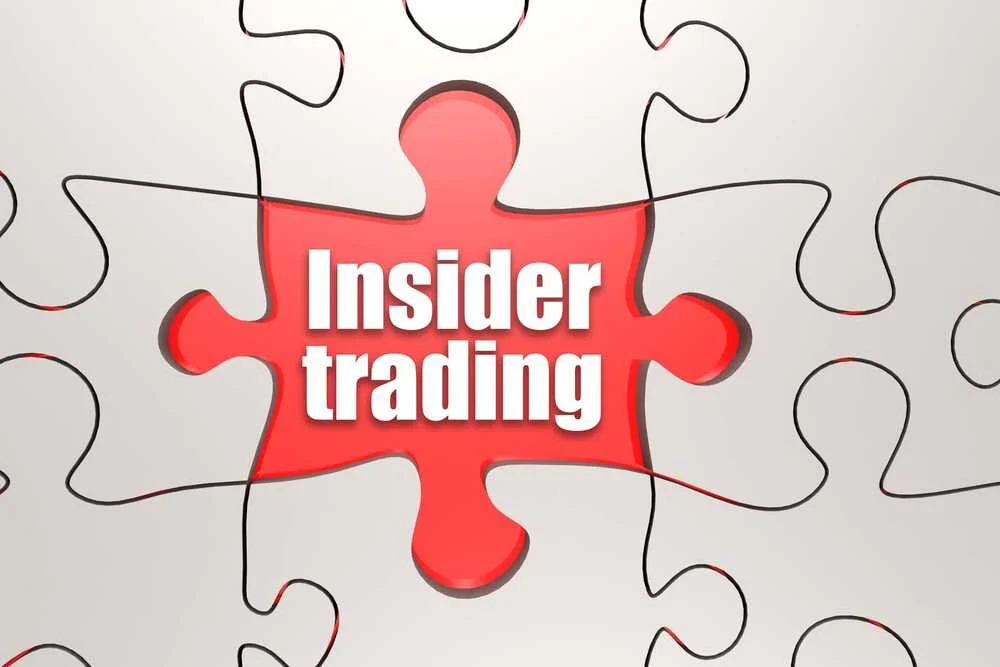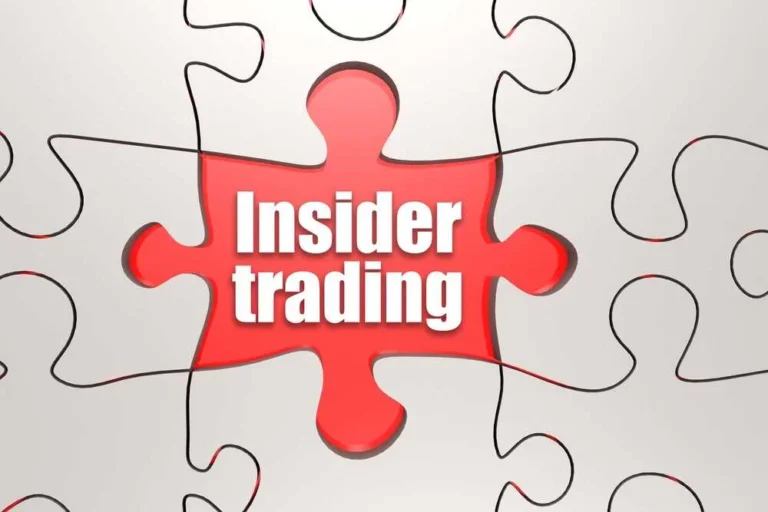SEC 2025 Report on Private Capital Markets Ownership Concentration and Access to Funding
- Insights & News
- May 30, 2025
SEC 2025 Report on Private Capital Markets Ownership Concentration and Access to Funding
On May 28, 2025, the U.S. Securities and Exchange Commission (SEC) released new data and analysis that shine a light on how private markets are evolving—especially in three key areas that affect both investors and companies looking to raise money.
The goal of this release was to give the public, regulators, and market participants a better understanding of how capital is being raised outside of traditional public markets, and what kinds of risks or patterns are emerging. The SEC’s analysis is based on filings made by investment advisers, private funds, and companies that have used special exemptions from public registration rules to raise money.
The release covers three distinct topics.
First, it looks at hedge funds—specifically at who owns them and how concentrated that ownership is. The SEC defines “concentration” as a situation where just five investors hold more than 70% of a fund’s equity. This matters because if too few investors hold too much power, it could affect how the fund operates, how risky it is, and how it responds to market changes.
Second, the SEC reviews a decade of activity under Regulation A, a type of legal exemption that allows companies—usually small or early-stage ones—to raise money from the public without going through the full process of an IPO. The analysis shows trends in how this tool has been used, who uses it, and how much capital has actually been raised compared to what companies originally sought.
Third, the report focuses on Regulation Crowdfunding, another exemption created under the JOBS Act that lets small businesses raise money directly from the public through online platforms. This part of the data examines how the market has grown, how much funding companies have raised, and what kinds of businesses are using this exemption.
Together, these areas provide a snapshot of how private capital formation is changing—what’s working, what isn’t, and where risks might be building. The legal insights from this release point to the growing complexity of private markets and the need for smart regulation that balances investor protection with access to capital.
The Private Fund Landscape: Ownership Concentration and Implications
The SEC’s analysis of private hedge funds—specifically “Qualifying Hedge Funds” or QHFs—helps us understand how ownership patterns can affect the way these funds operate and how much risk they might pose to the financial system.
QHFs are large hedge funds, each managing at least $500 million in assets. These funds must regularly report detailed information to the SEC through a form called Form PF. This includes data about their investors, assets, leverage, and how easily their investments could be sold off in a crisis. One key focus of the analysis is ownership concentration. The SEC defines a fund as “concentrated” if five investors together own more than 70% of it. This matters because when only a few investors dominate a fund, their decisions—whether to invest more, withdraw, or influence fund strategy—can have outsized effects on the fund’s stability.
Between 2013 and 2023, the number of concentrated QHFs more than doubled. This trend shows that concentrated ownership is becoming more common. At the same time, the types of investors in these funds are shifting: ownership by private funds has increased, while traditional institutions like broker-dealers have pulled back significantly.
Why does this matter? The data suggest that funds with highly concentrated ownership tend to be less liquid—meaning they hold investments that are harder to sell quickly. These funds also tend to use more leverage, or borrowed money, which can amplify gains but also increase risk. A statistical analysis (a regression) confirms that as ownership becomes more concentrated, liquidity decreases.
This raises important legal and policy issues. For instance:
- If a handful of investors can destabilize a large hedge fund by pulling out quickly, does that pose a risk not just to the fund, but to the broader financial system?
- And should the SEC require more detailed disclosures about ownership concentration, especially if it might signal hidden vulnerabilities?
Ultimately, this part of the SEC’s release highlights the trade-off between privacy and systemic visibility in private markets. Understanding who owns what—and how concentrated that ownership is—could become more central to how the SEC regulates hedge funds going forward.
Regulation Crowdfunding: A Maturing but Uneven Ecosystem
Regulation Crowdfunding was created to help small businesses raise money directly from everyday investors—without having to launch a traditional IPO or rely on large institutional backers. It’s part of a broader effort to make early-stage investment opportunities more accessible to the general public, beyond just wealthy accredited individuals.
Since this crowdfunding exemption went into effect in 2016, over 8,000 offerings have been launched by more than 7,000 companies. Together, they’ve reported raising about $1.3 billion. That’s real progress, but still modest when compared to traditional fundraising methods. Notably, activity picked up after 2021, when the SEC raised the cap on how much a company could raise through crowdfunding from $1 million to $5 million per year.
The typical business using crowdfunding is small and early-stage. Median financials show companies had about $80,000 in total assets and only three employees. Most were not yet profitable. Still, over 90% of these businesses set up their offerings to allow “oversubscriptions”—meaning they were willing to accept more investments than their minimum target if interest was strong.
In terms of what investors actually bought, the most common instruments were equity (like shares in the company), debt (loans or bonds), and “SAFEs,” or Simple Agreements for Future Equity. SAFEs are a newer, flexible tool that lets investors bet on future growth without receiving equity right away. Each of these instruments comes with different levels of risk and investor rights, which makes clear and simple disclosure especially important.
The platforms that facilitate these offerings—like online portals and broker-dealers—play a huge role in shaping the market. But the field is quite concentrated: just five platforms handle the majority of deals, raising questions about competition and standardization across the industry (Wefunder continues to lead, followed by StartEngine, Honeycomb, Republic, and NetCapital).
From a legal and regulatory perspective, there are open questions:
- Is this system actually giving small businesses meaningful access to capital?
- Are the disclosures provided to non-professional investors good enough to help them make informed decisions?
- And is there enough oversight to prevent fraud and misrepresentation?
The SEC’s analysis shows that while crowdfunding has made progress, it still faces real challenges—particularly in balancing ease of access with investor protections. The ecosystem is growing, but unevenly, and continued regulatory attention will likely focus on improving both the quality and the safety of these offerings.
Regulation A: Tier 2 Dominance and the Challenge of Scale
Regulation A is another legal pathway that allows companies—mostly small or early-stage ones—to raise money from the public without registering a full IPO. It’s meant to be a middle ground between private offerings and going fully public, offering more flexibility and fewer legal hurdles than a traditional public offering.
Between 2015 and the end of 2024, companies using Regulation A sought to raise nearly $28 billion. But the actual reported proceeds were much lower—only about $9.4 billion was raised. That gap highlights a core challenge: while many companies hope to raise money through this exemption, fewer succeed in closing large funding rounds.
Most of the action happens under what’s called “Tier 2” of Regulation A. Tier 2 allows companies to raise up to $75 million in a year, and unlike Tier 1, it exempts them from having to comply with individual state-level securities rules—what’s known as “blue sky laws.” Even though Tier 2 requires companies to provide audited financials and ongoing reports, those benefits (higher limits and nationwide reach) make it the preferred route. In fact, about 95% of all funds raised under Regulation A came through Tier 2 offerings.
The companies using Regulation A are typically small, young, and still building out their businesses. Many don’t yet have revenue, and only about 12 to 14% are profitable when they file. This makes them higher risk for investors—and explains why there’s often a gap between how much money these companies want to raise and how much they actually can raise. Investor appetite tends to be cautious when companies are early-stage and unproven.
This raises important policy questions:
- Can Regulation A ever scale enough to compete with Regulation D, the much more common exemption used for private placements with accredited investors?
- And if not, should regulators or the market introduce new incentives—for example, more involvement from intermediaries or tools to help investors evaluate early-stage offerings more easily?
In short, while Regulation A gives startups a powerful tool to reach the public, it’s not yet fulfilling its full potential. Legal and market reforms may be needed to help bridge the gap between what the rule allows and what the market is willing to support.
Comparative Insights Across the Three Markets
Looking across these three markets—hedge funds, Regulation A, and Regulation Crowdfunding—one clear contrast emerges: the tension between access and concentration.
Hedge funds are becoming more concentrated over time. Fewer investors are holding larger shares of these funds, giving them more control and influence. This can increase risk if one or two big investors decide to exit suddenly. In contrast, Regulation A and Crowdfunding were designed to do the opposite—to broaden access by letting everyday investors participate in early-stage financing. But despite that goal, both Reg A and CF still face major barriers. Costs, complexity, and limited investor trust mean that true democratization of capital remains elusive.
The nature of the investor base is also evolving. Hedge funds are still dominated by institutional and accredited investors—people or entities with the resources and sophistication to take on more risk. Regulation A and CF, by design, open the door to non-accredited investors, including regular individuals. But this comes with legal and regulatory challenges, especially when it comes to protecting those investors through proper disclosures and oversight.
Another pattern worth noting is the growing influence of intermediaries—especially online platforms. In crowdfunding, just a few portals control most of the market, shaping what deals get seen and by whom. While private fund markets (like hedge funds) are more opaque, there are parallels. Some large financial institutions and platforms are increasingly acting as gatekeepers, influencing capital flows and potentially creating choke points in how private investments are offered and distributed.
These comparisons point to a broader issue: even in markets designed to expand access, a few key players often come to dominate. This raises questions for regulators about how to balance innovation, fairness, and stability across very different types of private capital markets.
Policy and Regulatory Takeaways
The SEC’s new data offers more than just statistics—it signals areas where future policy changes or regulatory shifts might be on the horizon. Based on what the Commission has uncovered, there are several directions the SEC could take next.
- For hedge funds, one likely focus is greater transparency around who owns what. With ownership becoming more concentrated in fewer hands, the SEC may consider tightening disclosure requirements so that it’s easier to spot when a fund might be vulnerable to sudden investor exits or undue influence by a small group. This would help regulators and market participants assess potential systemic risks earlier.
- In the Regulation Crowdfunding and Regulation A spaces, the SEC may look at how to make these exemptions work better for small businesses—without compromising investor protection. That could mean providing updated guidance, streamlining certain filings, or even relaxing some requirements that have proven too costly or complex for startups, especially if those rules aren’t delivering much benefit to investors.
Risk monitoring will also remain key. For hedge funds, that means keeping a close eye on liquidity and leverage—two factors that can make a fund fragile during times of stress. In the retail space, it means building stronger guardrails for less-experienced investors who are increasingly entering early-stage, high-risk markets. The SEC will need to strike a balance between making investing more inclusive and making sure protections are in place.
At a broader level, this entire data release shows how powerful transparency can be. By publicly sharing these trends, the SEC is using data as a form of governance—giving the market early warnings, nudging behaviors, and setting the stage for informed policymaking. The underlying theme across all three markets is that private capital is growing and shifting fast, but not always in ways that favor fairness, safety, or efficiency. The question now is how the regulatory framework will adapt.

Need Help Navigating Private Capital Markets? We’re Here to Guide You
- If you're raising capital privately in the U.S., legal structure matters as much as strategy. Whether you're relying on Regulation A, Regulation Crowdfunding, Regulation D, Rule 144A, or Regulation S, we help you navigate the regulatory landscape with clarity and confidence. Our goal is to ensure that your offering is not only attractive to investors but also fully compliant from day one
- We guide you through every legal aspect of a private offering. That includes drafting offering documents, managing disclosure strategy, verifying investor eligibility, and advising on regulatory filings like Form D. We help negotiate registration rights agreements, address resale restrictions, and handle compliance with both federal securities laws and state-level Blue Sky requirements. From early-stage structuring to post-closing obligations, we make sure your deal meets legal, market, and investor standards
- We work with startups, growth-stage companies, fund managers, and foreign issuers who are accessing U.S. capital markets. Whether you're launching a first-time raise or managing a complex private placement, we tailor our support to fit your industry, investor base, and long-term goals. Our focus is always on helping you close a successful deal—and doing it right














